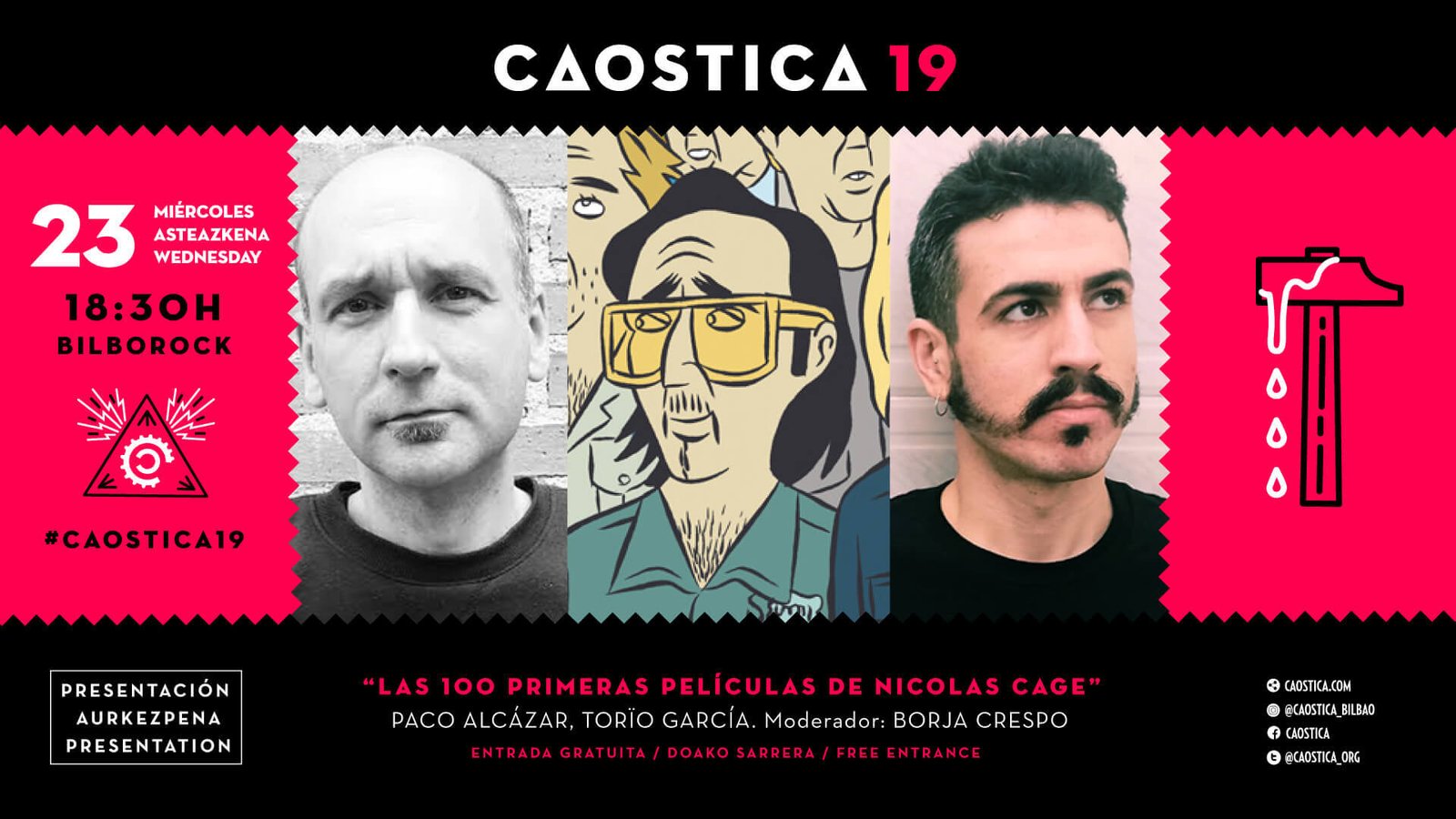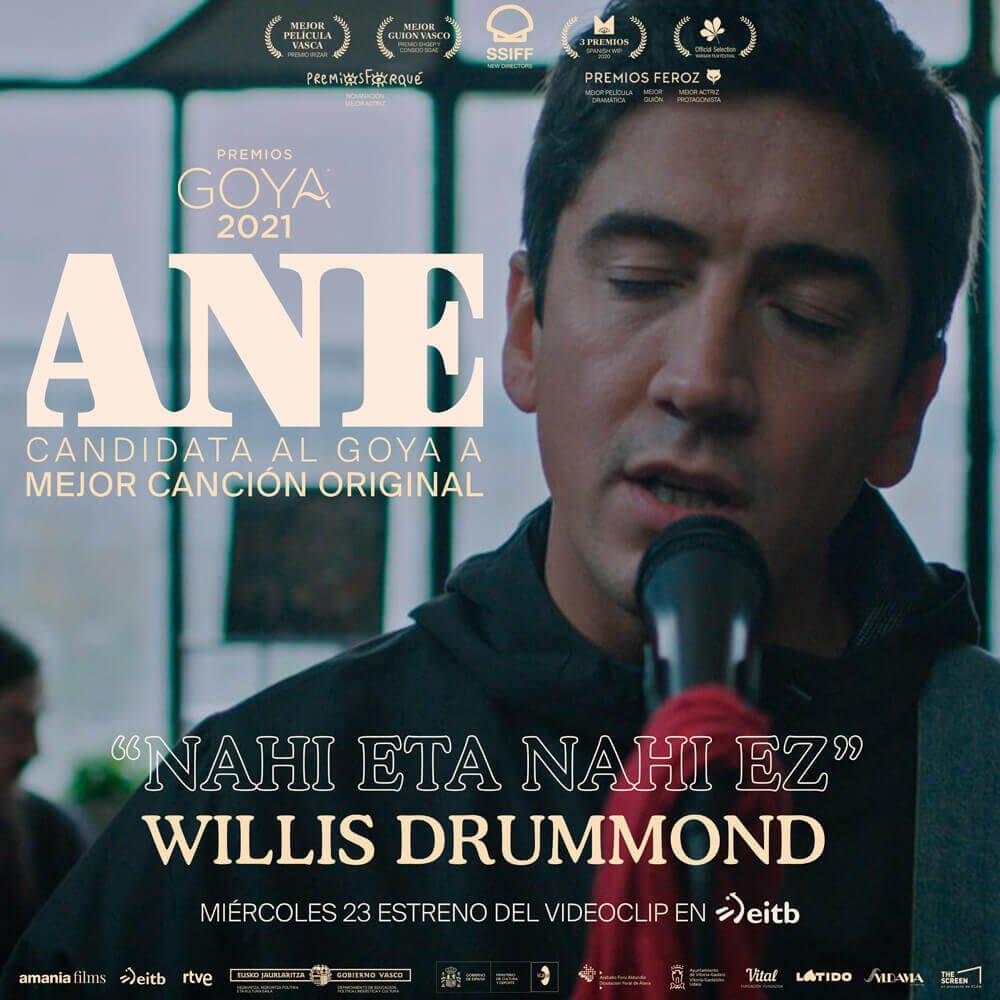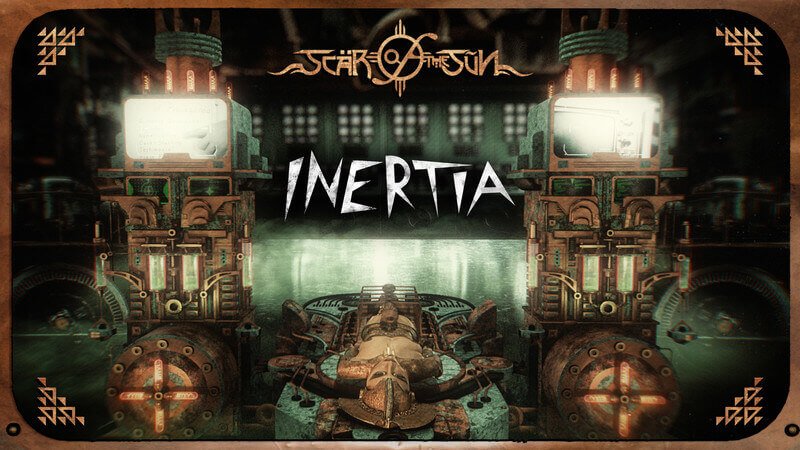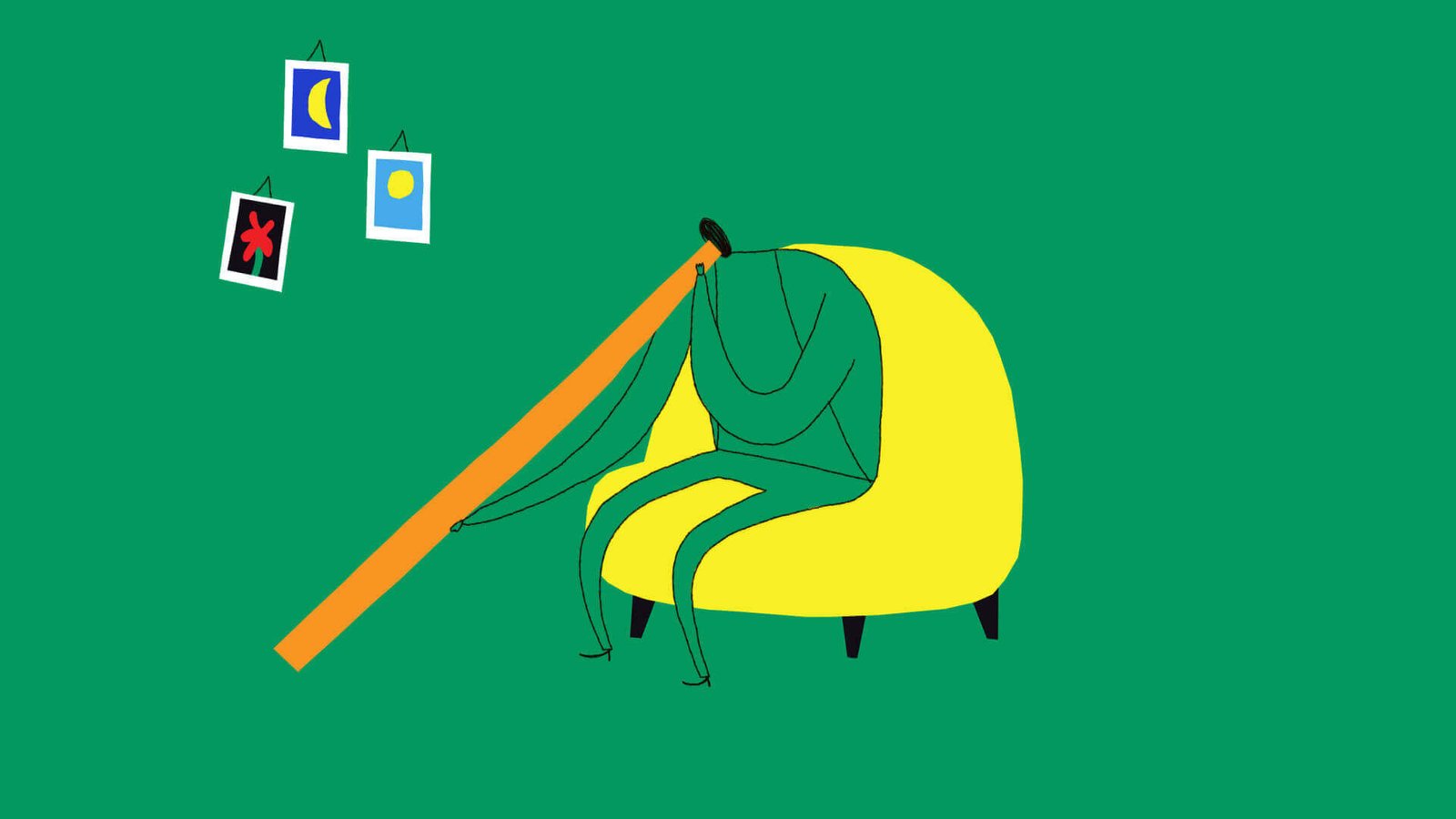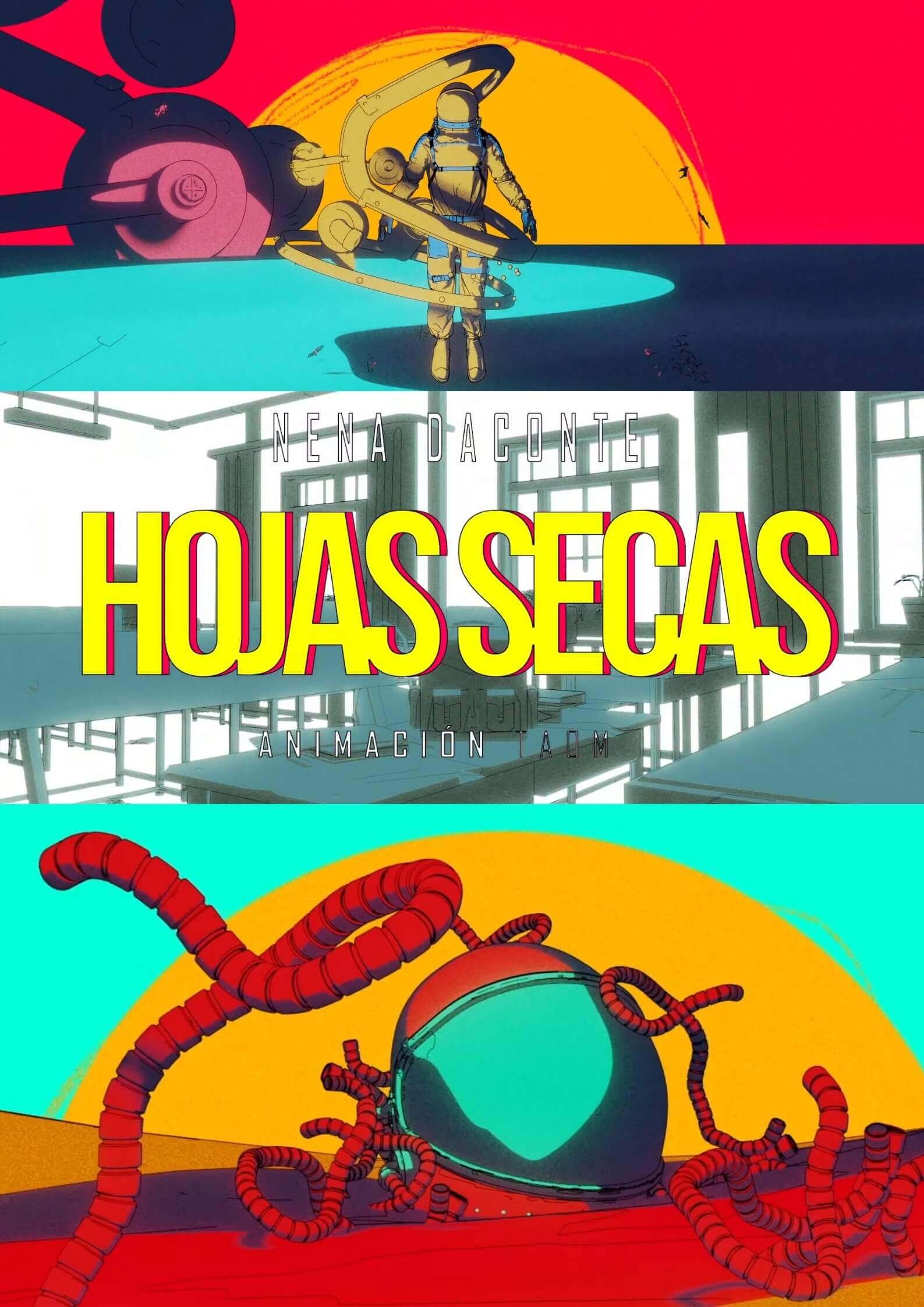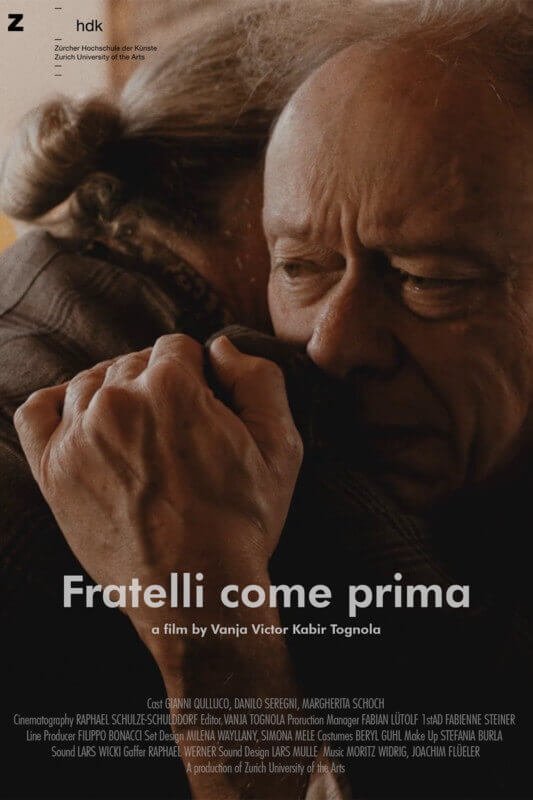


18:30 h:
Presentación y firma del libro “Las 100 primeras películas de Nicolas Cage” con Paco Alcázar y Torïo García. Moderador: Borja Crespo.
“Las 100 primeras películas de Nicolas Cage” liburuaren aurkezpena eta sinatze-saioa, Paco Alcázar eta Torïo Garcíarekin. Moderatzaile: Borja Crespo.
“The first 100 films of Nicolas Cage” – Presentation & Book Signing with Paco Alcázar and Torïo García. Moderator: Borja Crespo.
(Streaming: caostica.com)
¿Cuántas películas de Nicolas Cage has visto? Seguro que muchas más de las que te parece y muchas menos de las que deberías. Tras cuatro décadas de carrera como actor, Nicolas Cage ha construido una filmografía tan espectacular como extravagante en la que conviven obras maestras con infrapelículas demenciales, los mejores directores con los más atroces y personajes llenos de matices con caricaturas chaladas. Su mítica intensidad ha dado lugar a todo tipo de leyendas y anécdotas. ¿Es cierto que se comió una cucaracha rodando una escena? ¿Se arrancó dientes para sentir mejor el dolor? ¿Tiene su propio método interpretativo basado en conceptos chamánicos? Todas estas preguntas y muchas más son respondidas en Las 100 primeras películas de Nicolas Cage, un libro único para celebrar a un actor irrepetible.
Paco Alcázar empezó a dibujar para fanzines en “Corazón salvaje” y lleva desde “La Roca” publicando tebeos e ilustraciones en numerosos medios.
Entre “El hombre y el tiempo” y “Tokarev” dibujó para la revista “El Jueves” las historias de su personaje Silvio José.
En “Mandy” decidió hacer un libro sobre Nicolas Cage y nadie ha vuelto a saber nada de él desde entonces.
Torïo García nació en Elche poco antes de “Besos de Vampiro”.
Algo después de “Contrareloj” se licencia en Comunicación Audiovisual.
Alrededor de “Furia Ciega” funda junto a un amigo la “NicCagepedia”, inefable proyecto del que a día de “Pig” es único responsable.
Eso le permite acabar en solapas de libros como este.
Nicolas Cage-ren zenbat film ikusi dituzu? Uste baino gehiago eta behar baino gutxiago ikusiko zenituen ziur asko. Lau hamarkadaz aktore lanetan ibilita, filmografia ikusgarri zein bitxia sortu du Nicolas Cagek; bertan biltzen dira hainbat maisulan eta azpifilm zentzugabe, zuzendaririk onenak eta jasanezinenak, baita ñabardura ugari dituzten pertsonaiak eta karikatura zoroak ere. Aktorearen intentsitate mitikoak askotariko mito eta pasadizoei bide eman die. Egia al da labezomorro bat jan zuela eszena bat errodatzean? Hortzak atera zituela mina hobeto sentitzeko? Kontzeptu xamanikoetan oinarritutako interpretazio-metodo propioa al dauka? Galdera horiek guztiak eta askoz gehiago erantzungo ditugu “Las 100 primeras películas de Nicolas Cage” liburuan; parerik gabeko aktorea goraipatzeko liburu errepikaezin honetan.
Paco Alcázar “Corazón salvaje” filmarekin batera hasi zen fanzineak marrazten, eta “La Roca” filmaren garaitik darama hainbat bitartekotan komiki eta ilustrazioak argitaratzen.
“El hombre y el tiempo” eta “Tokarev” filmen artean, Silvio José pertsonaiaren istorioak marraztu zituen “El Jueves” aldizkarirako.
“Mandy” filma ezagututakoan, Nicolas Cageri buruzko liburu bat egitea erabaki zuen eta ordutik ez da haren berririk izan.
Torïo García Elxen jaio zen “Besos de Vampiro” filma sortu baino lehentxeago.
“Contrareloj” argitaratu eta gutxira lizentziatu zen Ikus-entzunezko Komunikazioan.
“Furia Ciega” filmaren garaian sortu zuen, lagunarekin batera, “NicCagepedia” proiektu kontaezina, eta haren arduradun bakar izatera pasa zen “Pig” filma sortu zenerako.
Horri guztiari esker lortu du honelako liburuen azal-hegaletan agertzea.
How many Nicolas Cage films have you seen? Surely, many more than you think and much less than you should. After four decades of acting career, Nicolas Cage has a filmography as spectacular as it is extravagant in which masterpieces coexist with insane infra-films, the best directors and most atrocious ones, and characters full of nuances with crazy cartoons. Its mythical intensity has triggered all kinds of legends and anecdotes. Is it true that he ate a cockroach while filming a scene? Did he pull of his teeth to feel the pain better? Does he have his own interpretive method based on shamanic concepts? These questions and much more are answered in “Las 100 primeras películas de Nicolas Cage,” a unique book to honor a peerless actor.
Paco Alcázar began drawing for fanzines in “Wild at Heart” and has been publishing comics and illustrations in numerous media since “The Rock.”
Between “The Weather Man” and “Tokarev” he drew the stories of his character Silvio José for “El Jueves” magazine.
In “Mandy” he decided to write a book about Nicolas Cage and no one has heard from him since.
Torïo García was born in Elche shortly before “Vampire’s Kiss.”
Some time after “Stolen” he graduated in Audiovisual Communication.
Around “Drive Angry” he founded together with a friend the “NicCagepedia,” an ineffable project that he is responsible of until “Pig.”
This allows him to end up in book flaps like this one.

20:00 h:
Proyección Sección Oficial Caostica 19.
Caostica 19.ren Atal Ofizialaren Proiekzioa.
Caostica 19 Official Selection Screening.

“Nahi Eta Nahi Ez” – Willis Drummond (Diego H. Kataryniuk) 6 min. Euskadi.
Videoclip original de la canción “Nahi Eta Nahi Ez”, de Willis Drummond.
Dirigido por Diego H. Kataryniuk.
Willis Drummond-aren “Nahi Eta Nahi Ez” abesterian bideoklip originala.
Diego H. Kataryniuk-ek zuzendua.
Original music video for the song “Nahi Eta Nahi Ez”, by Willis Drummond.
Directed by Diego H. Kataryniuk.
“Si te mueres, te mato” (Erik Campos) 13 min. Euskadi.
En un apocalipsis zombi donde éstos se distinguen entre aquellos autoconscientes que aún conservan el habla y la capacidad de pensar y aquellos pasmados hambrientos que merodean sin rumbo, seguimos la historia de Germán y Cristina, dos grandes amigos que ahora son zombis autoconscientes en busca de carne de supervivientes de la que alimentarse, antes de que el hambre les haga perder la cabeza y convertirse en zombis pasmados e inconscientes para la eternidad.
Apokalipsi zonbi bat. Batzuk oraindik autokontzienteak dira eta hitz egiteko eta pentsatzeko gaitasunari eusten diote. Beste batzuk berriz, noraezean dabiltzan goseti pasmatuak dira. Bertan, Germanen eta Cristinaren istorioa jarraituko dugu. Bi lagun handi horiek gaur egun, bizirik dauden pertsonen haragi bila ari diren zonbi autokontzienteak dira, goseak burua galduarazi eta betirako zonbi pasmatu eta inkonstziente bihurtu aurretik.
In a zombie apocalypse where the zombies are distinguished between those self-conscious who still retain their speech and the ability to think and those unconscious ones who wander aimlessly, we follow the story of German and Cristina, two great friends who have become self-conscious zombies, in the search of survivor meat to feed themselves before hunger makes them lose their minds and become unconscious zombies for all eternity.
“Magnética” (Marco Arruda) 16 min. Brasil.
En una ciudad habitada por dibujos animados, un joven nativo es testigo de la aparición de un holograma. Nos encontramos frente a la llegada de una entidad de materialidad desconocida. Su presencia misteriosa y sus alegorías exóticas encantan a las personas despertando sus instintos más salvajes.
Marrazki bizidunez beteriko herri batean, holograma baten agerpenaren lekuko izan da gazte bat. Materialtasun ezezaguneko izaki bat iritsi da. Haren presentzia misteriotsuak eta alegoria exotikoek liluratu egin dituzte biztanleak, baita horien senik basatienak piztu ere.
In a city of drawn characters, an indigenous boy witnesses a holographic appearance. It’s the arrival of an entity of unknown materiality. With a mysterious presence and its exotic allegories, it starts to enchant people, awakening their most insane senses.
“No One Drives This Wild Train” – The Cherry Boppers (Mentxu Sesar Iglesias) 4 min. Euskadi.
Videoclip original de la canción “No One Drives This Wild Train”, de The Cherry Boppers.
Dirigido por Mentxu Sesar Iglesias.
The Cherry Boppers-aren “No One Drives This Wild Train” abesterian bideoklip originala.
Mentxu Sesar Iglesias-ek zuzendua.
Original music video for the song “No One Drives This Wild Train”, by The Cherry Boppers.
Directed by Mentxu Sesar Iglesias..
“Intolerance” (Giuliano Giacomelli, Lorenzo Giovenga) 14 min. Italia.
Un indigente sordo salva a una joven víctima de un intento de violación. Perturbada y conmovida, la chica le agradece y pregunta si hay algo que pueda hacer por él. El hombre no pide nada a cambio hasta que, de manera increíble, dos alas se despliegan de la espalda de la joven…
Eskale gor batek bortxatua izatetik salbatu du gazte bat. Erdi erotuta eta hunkituta, neskak eskertu egin dio ekintza, eta harengatik zerbait egin dezakeen galdetu dio. Gizonak ez du ordainetan ezer eskatu, eta, bat-batean, hegoak zabaldu dira neskatoaren bizkarrean…
A deaf homeless man saves a defenceless girl from an attempted rape. Shocked and moved, the girl thanks him and asks if there is any way she can make it up to him. The homeless man asks for nothing in return, but then two wings incredibly emerge from the girl’s back…
“Inertia” – Scar of the Sun (Achilleas Gatsopoulos) 4 min. Alemania.
Videoclip original de la canción “Inertia”, de Scar of the Sun.
Dirigido por Achilleas Gatsopoulos.
Scar of the Sun-aren “Inertia” abesterian bideoklip originala.
Achilleas Gatsopoulos-ek zuzendua.
Original music video for the song “Inertia”, by Scar of the Sun.
Directed by Achilleas Gatsopoulos.
“Washing Machine” (Alexandra Májová) 5 min. República Checa.
“Hojas Secas” – Nena Daconte (Aitor Guerrero) 4 min. Euskadi.
Videoclip original de la canción “Hojas Secas”, de Nena Daconte.
Dirigido por Aitor Guerrero.
Nena Daconte-ren “Hojas Secas” abesterian bideoklip originala.
Aitor Guerrero-k zuzendua.
Original music video for the song “Hojas Secas”, by Nena Daconte.
Directed by Aitor Guerrero.
“Fratelli come prima” (Vanja Victor Kabir Tognola) 11 min. Suiza.
Franco es un hombre mayor que lleva una vida tranquila junto a su mujer Margherita. La llegada de su hermano Vittorio, con quien no habla desde hace años, rompe la calma.
Franco adineko gizona da, Margherita emaztearekin lasai bizi dena. Vittorio anaiaren helduerak, ordea, lasaitasuna hautsi egingo du; izan ere, elkarri hitzik ere ez diote esan aspaldi.
Franco, an elderly man, lives his life in serenity together with his wife Margherita. The arrival of his brother Vittorio, with whom he hasn’t talked in years, breaks the calm.
“Hold For Applause” (Gerald B. Fillmore) 5 min. EEUU.
Son casi las 20h en Madrid, Greg se dispone a salir a la ventana a aplaudir a los sanitarios cuando se ve atrapado en una crisis internacional de pareja online.
Madril. 20:00ak jotzear daude, eta leihora irteteko prest dago Greg, osasun arloko langileei txalo egiteko asmoz. Baina nazioarteko bikote-krisi digital batean harrapatuta ikusiko du bere burua.
During the lockdown, everyone in Spain shows their gratitude to the health care workers by applauding from their windows at 8pm. Greg would like to join them but he’s too busy solving an international online relationship crisis.
“Run” – The Anti-Queens (Caity Hall) 3 min. Canadá.
Videoclip original de la canción “Run”, de The Anti-Queens.
Dirigido por Caity Hall.
The Anti-Queens-aren “Run” abesterian bideoklip originala.
Caity Hall-ek zuzendua.
Original music video for the song “Run”, by The Anti-Queens.
Directed by Caity Hall.


